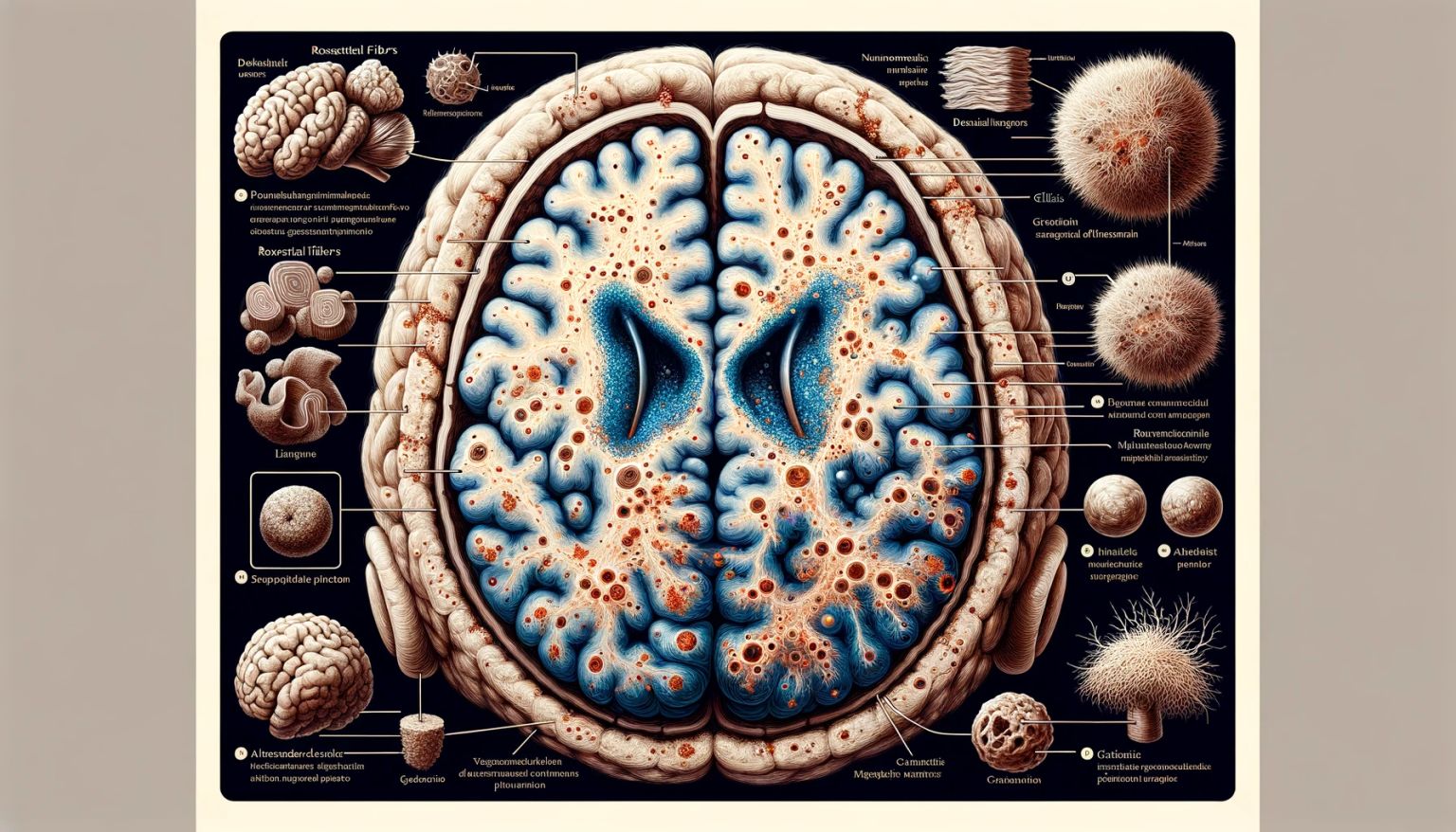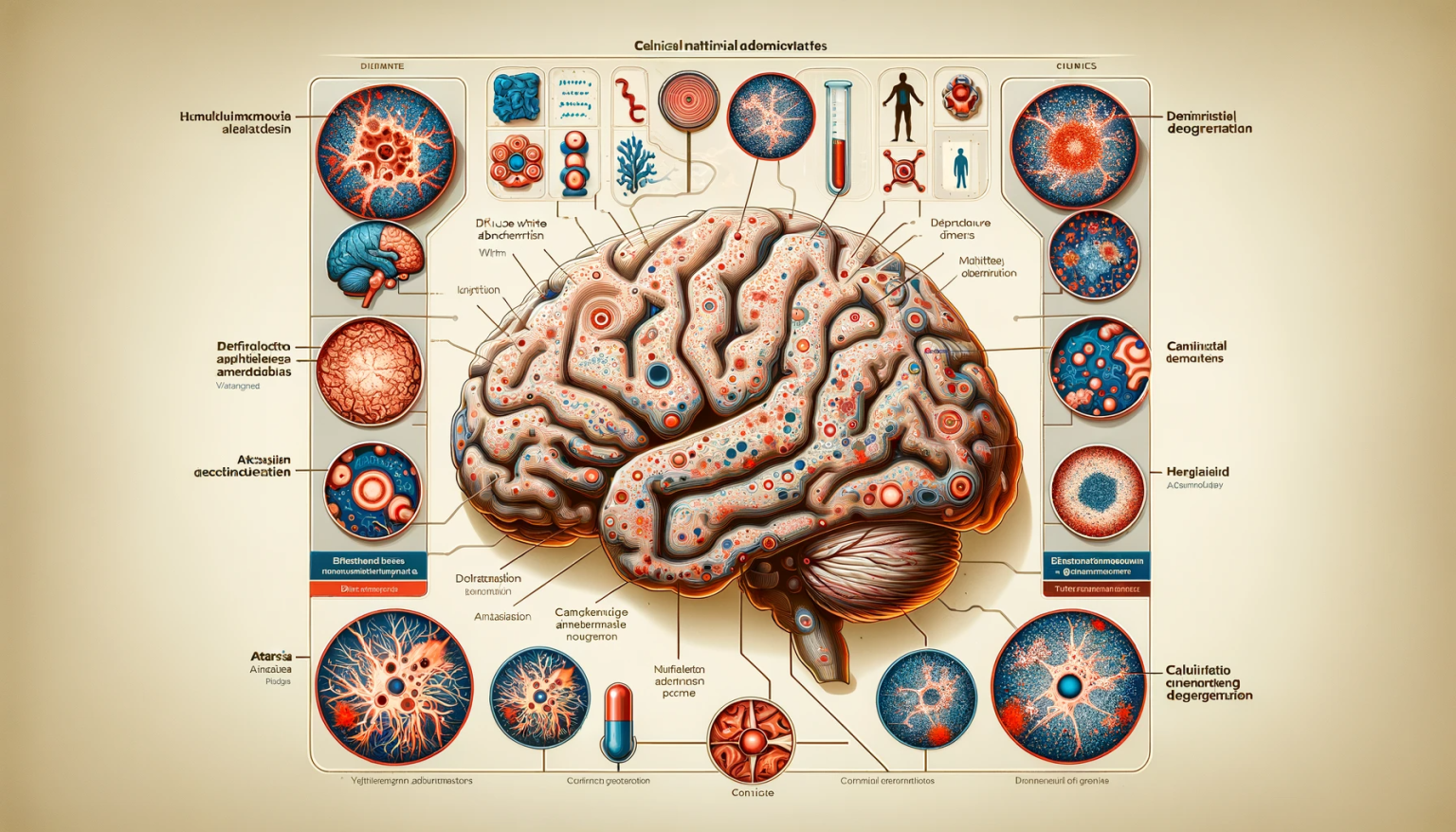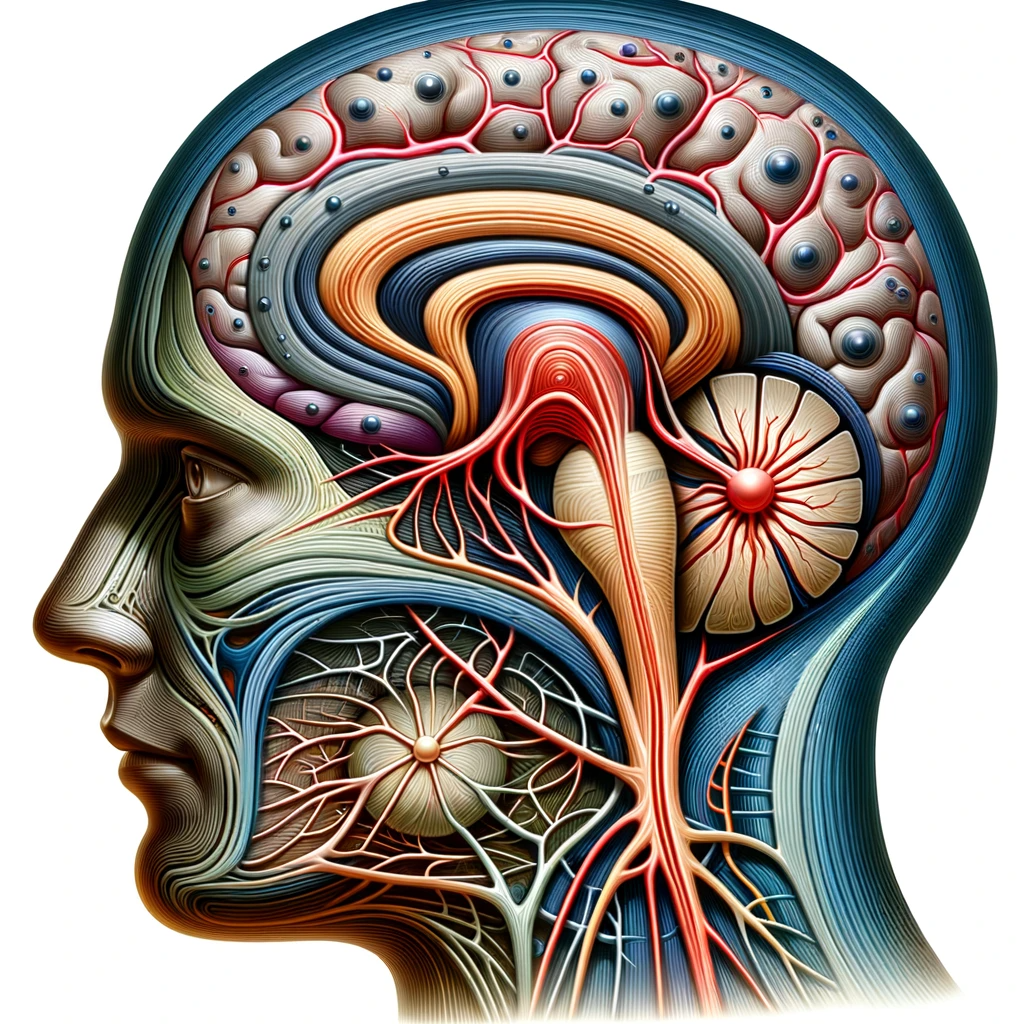
Abstract: This article delves into the contentious debate surrounding the potential link between aluminium exposure and Alzheimer’s disease (AD), examining the existing evidence, pathophysiological theories, and implications for public health and clinical practice.
1. Introduction: The hypothesis that aluminium, a ubiquitous environmental element, may be implicated in the pathogenesis of Alzheimer’s disease has been a subject of scientific inquiry and debate for decades. This review critically assesses the current state of evidence regarding this potential association.
2. Aluminium’s Neurotoxic Potential: Aluminium’s role as a neurotoxicant is well-documented, with its ability to induce neurofibrillary tangles, a hallmark of AD. The metal’s affinity for the nervous system and its potential to disrupt cellular processes in the brain form the basis of the proposed link.
2.1 Pathways of Aluminium Exposure: Human exposure to aluminium occurs through various sources, including dietary intake, antiperspirants, vaccines, and drinking water. The gastrointestinal absorption of aluminium is low; however, chronic exposure may lead to its accumulation in the brain.
3. Epidemiological Evidence: Epidemiological studies exploring the relationship between aluminium exposure and AD have yielded mixed results. Some have suggested a correlation between high levels of aluminium in drinking water and increased incidence of AD, while others have found no significant association.
3.1 Methodological Challenges: The interpretation of these studies is complicated by methodological limitations, including the difficulty in accurately assessing long-term aluminium exposure and controlling for confounding variables.
4. Biological Plausibility: From a pathophysiological perspective, aluminium exposure has been shown to induce oxidative stress, inflammatory responses, and amyloid-beta aggregation in neuronal cultures. These effects mirror key pathological processes observed in AD.
4.1 Aluminium and Brain Pathology: Autopsy studies have identified elevated levels of aluminium in the brains of some individuals with AD, though such findings are not universally consistent across studies.
5. Clinical Implications: While the hypothesis remains controversial, the potential link between aluminium exposure and AD warrants consideration in clinical practice, particularly in advising patients on lifestyle and environmental exposures.
6. Conclusion: The current scientific evidence does not conclusively establish aluminium as a causal factor in Alzheimer’s disease. However, the ongoing debate underscores the need for continued investigation into environmental contributors to neurodegenerative diseases.





